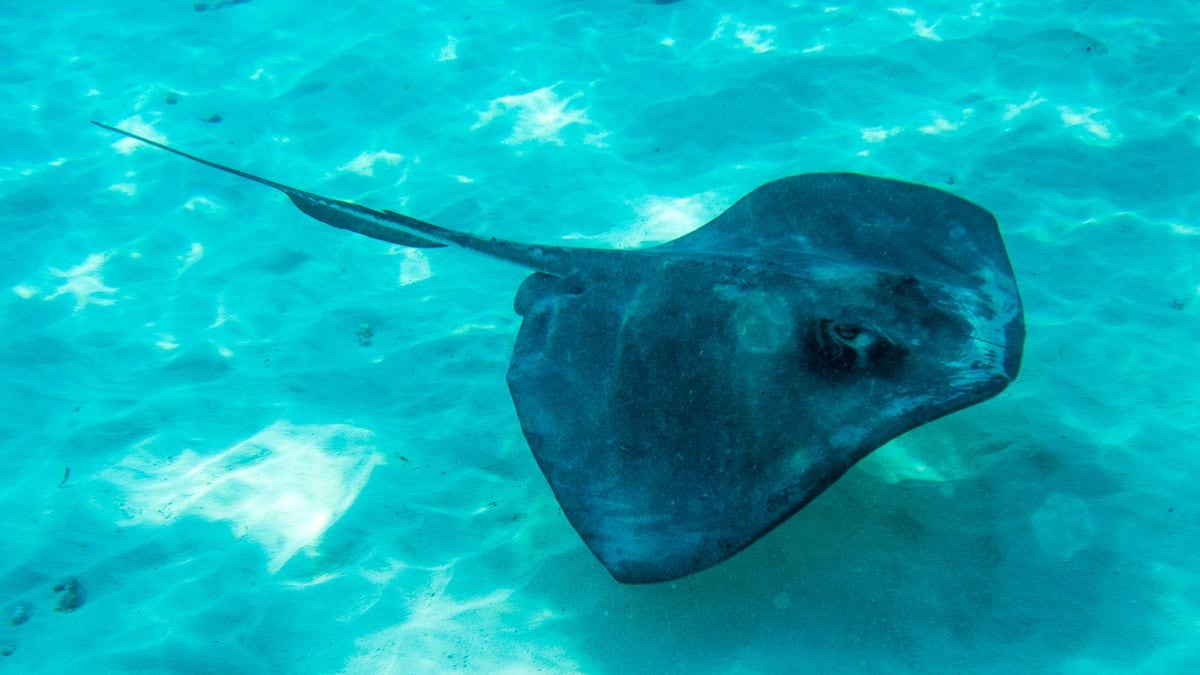They were thought to be doomed to extinction: Pacific porpoises are today the most endangered species of marine mammals.
And for good reason, scientists estimate that there are only about ten left in the waters of the Gulf of California.
To discover
LIVE - War in Ukraine: follow the evolution of the conflict minute by minute
YOUR COMMUNE - The results of the second round of the presidential election in your area
Read alsoDeath of one of the last porpoises in Mexico
SEE ALSO - Six porpoises filmed off the coast of Mexico by the NGO Sea Shepherd
Faced with this observation, many believed that this animal could never recover.
In question, the forced consanguinity of future offspring.
But this theory is now contradicted by a new study, published Thursday in the prestigious journal Science.
Despite their low numbers, porpoises are not destined to disappear for genetic reasons, she assures.
At least on one condition: that the fishing practices responsible for their decline cease completely.
“
We are trying to go against this idea that there is no hope, that there is nothing we can do to save them
,” author Jacqueline Robinson told AFP. principal of the study and researcher at the University of California, San Francisco.
The campaign for the survival of this species mobilizes in particular the actor Leonardo di Caprio, and has become a diplomatic issue, the United States putting pressure on Mexico.
Low genetic diversity
From the same family as the dolphins, these porpoises measure on average just over a meter only, which makes them the smallest species of cetaceans.
Called "
vaquita marina
" (little sea cow) in Mexico, the animal lives only in a very restricted area, in the northern Gulf of California.
In the 20th century, it was decimated by the large gillnets used to fish in particular a fish itself threatened, the totoaba, much sought after in certain countries.
Although the fishing of this fish has been declared illegal, the ban is not always respected.
However, porpoises get caught in these nets, causing their death.
When they were first counted in 1997, there were already only 570 of them. Today, the species is on the verge of extinction, and some believe that their fate is now sealed, because of inevitable consanguinity.
To find out for sure, the researchers analyzed the genome of 20 porpoises, from samples taken between 1985 and 2017 (most of them from dead individuals) and preserved since.
This allowed them to determine that Pacific porpoises have always been a rare species, their population having never exceeded a few thousand over the past 250,000 years.
Read alsoBiodiversity: these endangered species that can still be saved
Their genetic diversity is therefore very low.
A result confirmed by comparing their genome to that of eleven other species (dolphins, killer whales, whales, etc.).
“
Generally, it is believed that low genetic diversity is a bad thing.
But in this case, it represents an advantage for the possibility of survival of the Pacific porpoises
”, explained Jacqueline Robinson.
Stop the nets
To understand why, it is necessary to understand the mechanism that makes inbreeding problematic.
The reason is due to some type of harmful genetic mutation.
Having a single copy of this mutation in one's genetic code is not a problem.
On the other hand, inheriting two copies becomes problematic for the health of the individual.
However, inheriting two similar copies is more likely when two parents are from the same family.
But porpoises today have very few of these harmful mutations in their genetic code.
Why?
“
Because their population has always been very small
,” explains the researcher.
“
So these mutations have historically been knocked out much more efficiently than in large populations, where they can persist and remain immune to natural selection.
Based on this observation, the researchers then carried out simulations in order to estimate the chances of survival of the Pacific porpoises.
If net fishing stops completely, then the risk of extinction of the species is only 6%.
But if fishing is only reduced, the risk of extinction increases drastically: even with an 80% reduction in fishing, porpoises have a 62% chance of extinction.
Read alsoLemurs, right whales, hamsters… 32,000 species in danger of extinction
If it is therefore still possible to save them, there is an emergency, alert the researchers.
"
If we lose them, it will be the result of human choices, not genetic factors
," said Christopher Kyriazis, of the University of California, Los Angeles and co-author of the study, in a statement.
The scientists believe that their simulations could be applied to other rare species, such as tigers, the Florida panther, the Tasmanian devil... For which they also hope to bring some hope.
SEE ALSO -
Animals: Alert on the extinction of invertebrates













